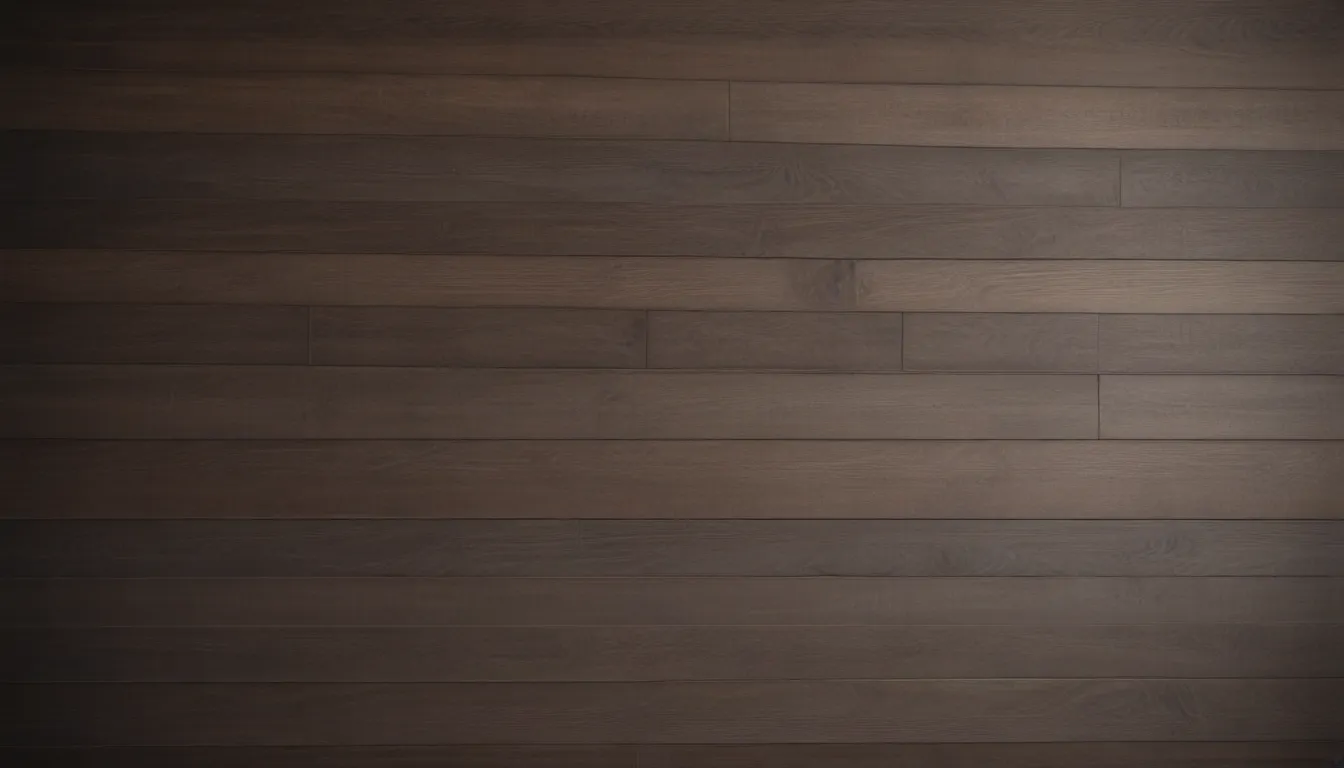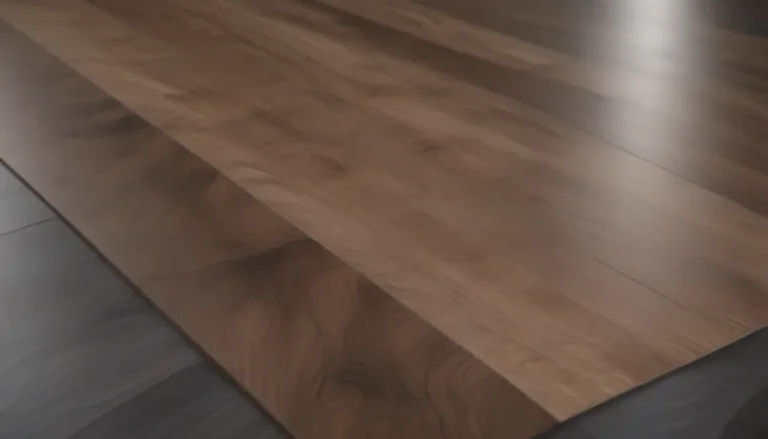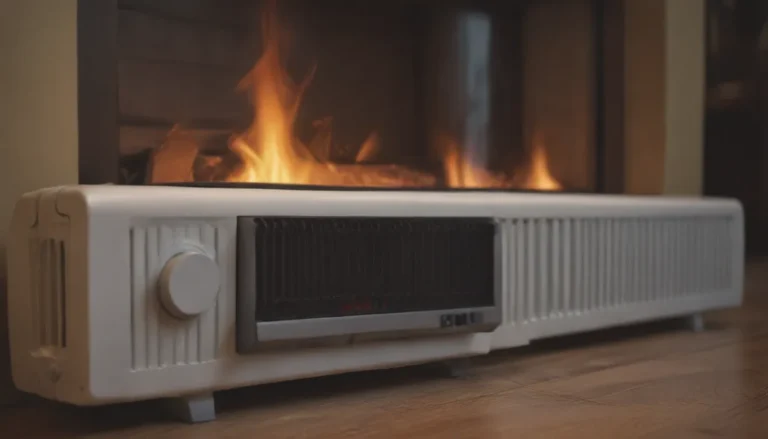Everything You Need to Know About Shiplap

Shiplap, a beloved design trend known for its rustic charm and versatility, has become a staple in many modern homes. Whether you want to add a touch of coziness to your living room or create a statement wall in your bedroom, shiplap can do it all. In this comprehensive guide, we will explore everything you need to know about shiplap – from its origins to installation tips and beyond. So, grab a cup of coffee and let’s dive into the world of shiplap!
What is Shiplap?
Shiplap is a type of wall treatment characterized by overlapping wooden or composite planks that create a textured, farmhouse-inspired look. Originally used as exterior siding on ships, shiplap has made its mark in interior design as a popular wall covering. The key feature of shiplap is its rabbeted grooves, which allow the boards to fit together seamlessly while creating a tight, weatherproof bond.
Where to Use Shiplap
One of the great things about shiplap is its versatility. It can be used in various areas of your home, including fireplaces, accent walls, ceilings, and more. Whether you prefer a grand, imposing feel with one-by-eight shiplap or a more intimate vibe with one-by-four boards, shiplap can adapt to any space. Designers often mix different sizes of shiplap boards to create visual interest and texture, making each installation unique.
- Fireplaces
- Islands
- Built-in benches
- Kitchen hoods
- Accent walls
- Hallways
- Bedrooms
- Ceilings
Shiplap Materials
When it comes to materials, shiplap can be crafted from a variety of wood types, including pine, poplar, cedar, and medium-density fiberboard (MDF). Exterior shiplap is typically made of redwood, cedar, composite wood, or fiber-cement. The thickness of shiplap boards is usually 1/2-inch or 1-inch, with widths ranging from 4 to 8 inches.
- Interior shiplap: pine, poplar, MDF
- Exterior shiplap: cedar, redwood, composite wood, fiber-cement
Shiplap Colors and Finishes
While white shiplap remains a classic choice, shiplap has evolved to include a range of colors and finishes to fit various design styles. Whether you prefer a modern look with dark colors or a coastal feel with driftwood finishes, there is a shiplap style for everyone.
- White
- Dark colors
- Charred wood
- Driftwood
- Natural
How to Install Shiplap
Installing shiplap is a DIY-friendly project that can be done with basic tools like a circular saw, nail gun, level, and measuring tape. Simply measure, cut, and install the shiplap boards using the overlapping grooves to create a seamless look. With a little effort and creativity, you can transform any room with the warmth and charm of shiplap.
History of Shiplap
The history of shiplap dates back to its origins as exterior siding on ships, where planks were laid in an overlapping fashion to create a strong, weatherproof seal. In the 19th and 20th centuries, shiplap became a popular architectural element for barns, sheds, and homes in the United States. While its popularity waned in the mid-20th century, shiplap saw a resurgence in the 2010s during the farmhouse trend, thanks to HGTV hosts Joanna and Chip Gaines.
Shiplap vs. Tongue and Groove
Shiplap and tongue and groove are often confused, but they differ in how the boards fit together. Shiplap features overlapping L-shaped notches, creating a rustic look with visible gaps between boards. In contrast, tongue and groove boards interlock with precise notches and indents, offering a more modern and streamlined appearance.
Pros and Cons of Shiplap
Before you dive into a shiplap project, it’s essential to consider the pros and cons:
Pros
- Adds warmth and texture to a space
- Easy to install with basic tools
- Versatile and customizable
- Fits various design styles
Cons
- Can be challenging to clean due to gaps between boards
- Not a sound barrier, allowing for sound transfer between rooms
- Higher cost compared to drywall
So, there you have it – everything you need to know about shiplap. Whether you’re a seasoned DIY enthusiast or a design novice, shiplap offers a unique way to transform your space with texture and charm. So, grab your tools and get ready to embrace the beauty of shiplap in your home!





